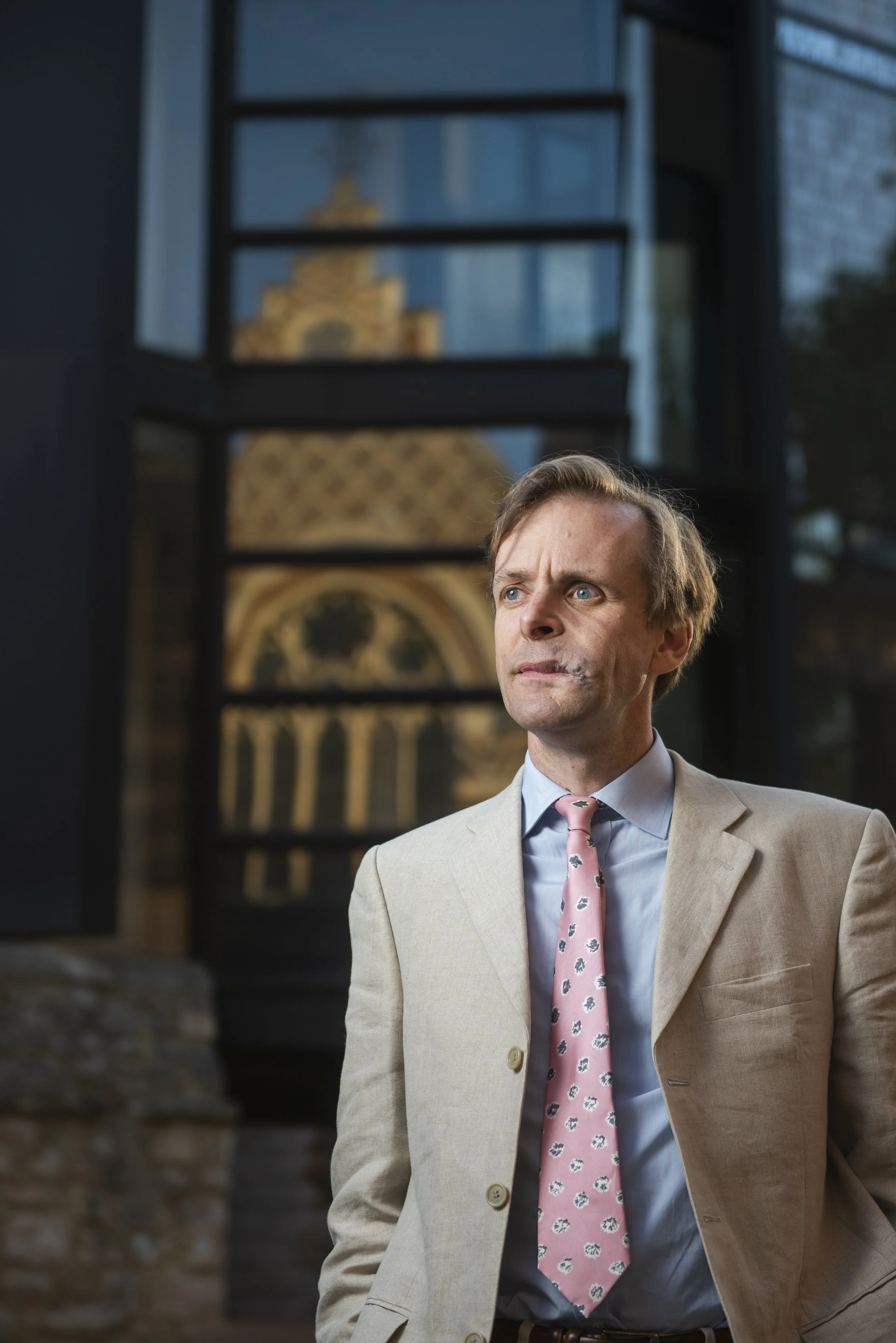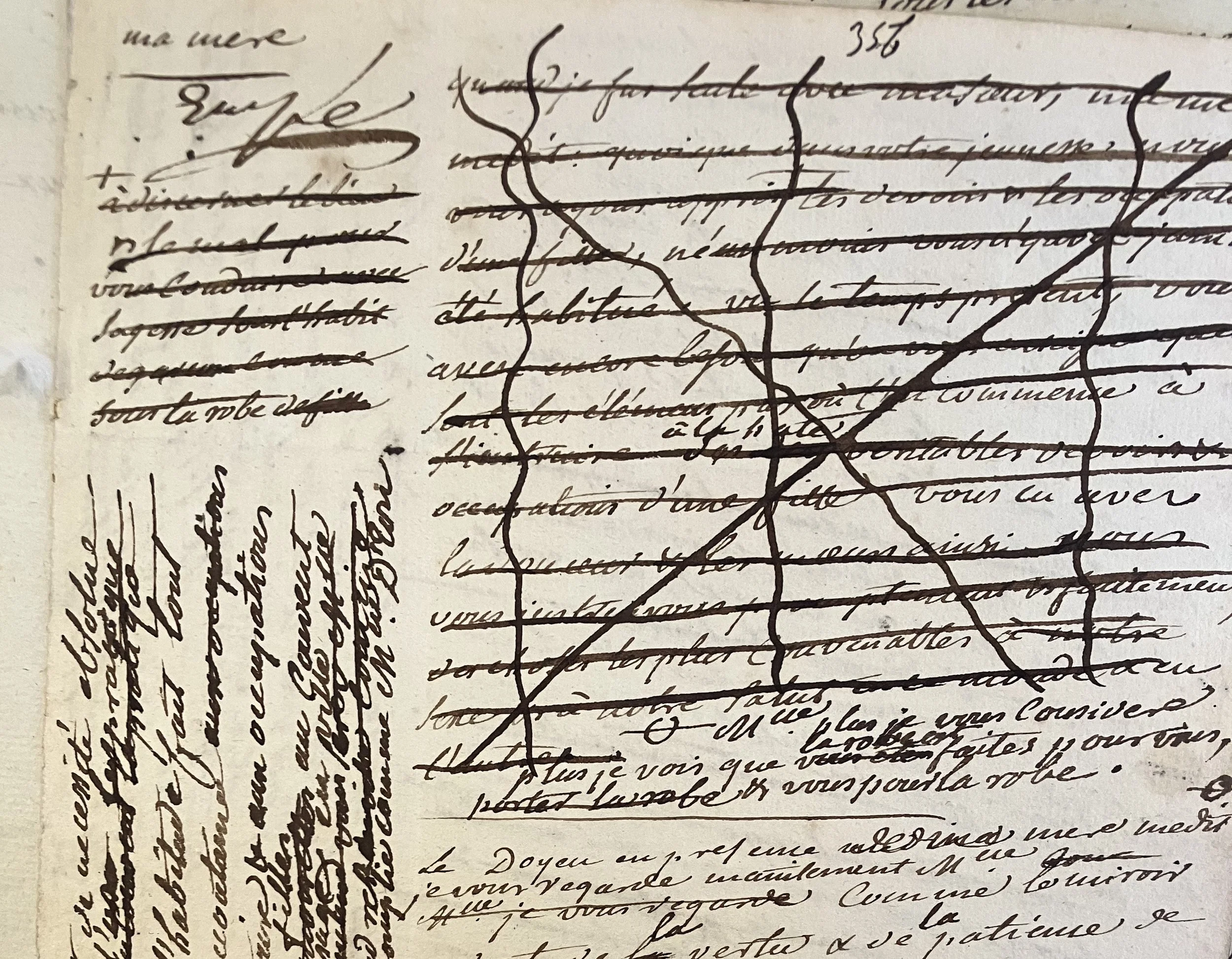About Me
I was born and raised on New York's Upper East Side. Not the part familiar from Gossip Girl, the part near Central Park, but further east, next to the East River. Our apartment was in a building erected around 1900, a building originally designed as a model tenement for the industrious classes. The late lamented Bryn Mawr bookstore was in the basement. Any free time I did not spend there, among second-hand books, was spent in the Metropolitan Museum.
A child of British expats, I moved to the UK aged fourteen, attending school in Sherborne, Dorset. With the help of several inspirational teachers who were not afraid of going off-piste, I was fortunate enough to get a place to read History and German at St Peter's College, University of Oxford. This included a year studying at a small town in Germany named Bonn. After all those hours in the Met I was determined to become a museum curator, and volunteered for a series of summer Praktika (internships) in museums in Regensburg, Potsdam, Cologne and Munich. After studying History of Art at the Courtauld Institute in London, however, I decided to become a historian. I moved to Cambridge for my doctorate, where I wrote a thesis on the early history of the National Gallery.
A fascination with archives was a major factor in my decision to become a historian rather than a curator. I am at my happiest in an archive, savouring that sense of intimacy with the long-dead that comes from touching, viewing and smelling original documents. As a PhD student I elected to spend my summers in the Quai d'Orsay (French Foreign Ministry), reading handwritten reports sent back to Paris by the Chevalier/Chevalière d'Eon, an eighteenth-century aristocrat, dragoon officer, diplomat and spy who spent much of her life in London. The two cities' fascination for each other inspired me to write the first comparative history of Paris and London. I am currently writing d'Eon's biography.
In some cases I have had the privilege of being the first historian to enter a particular archive. In the case of the Anglo-Armenian oil baron Calouste Gulbenkian, this unexplored mine extended across more than four hundred metres of files. The result was a totally new perspective, not only on a reclusive character who became the richest man in the world, but on the creation of a great art collection (now in Lisbon, Portugal) as well as the modern oil industry.
If history teaches us anything, it is that we all come from somewhere else, that humans can be at home in more than one place and time. I hold three passports (one fewer than Gulbenkian): American, British and Irish. A migrant born to two migrants, from 2008 to 2024 I volunteered weekly inside an asylum detention centre near London's Heathrow Airport, supporting fellow migrants who, for the want of the right piece of paper, found themselves incarcerated for indeterminate periods of time - years, in some cases.
In my other life I teach history at the University of Southampton, where I am Professor of Modern History and co-founder of The Lausanne Project, an umbrella sheltering a number of projects related to the legacy of the 1923 treaty of Lausanne, the only post-World War One treaty still in force today. In between writing and teaching I enjoy rowing (the sport, not arguing, though the crew I train with does that, too), listening to early music and reading the fiction of Edouard von Keyserling.

